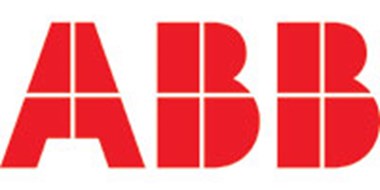Companies that prioritize working with experienced providers can avoid costly disruptions, improve the reliability of their assets and extend the life of key equipment, ultimately improving the long-term success of their operations.
This article reviews the most commonly used moisture measuring instruments and provides a comparison of those technologies.
Solid-rotor technology can be considered to have quietly faded into obscurity—the reality is quite the opposite. Its best days may still lie ahead, especially for demanding high-speed industrial processes. The 'underdog' motor. When I first jumped into the world of power electronics and motor tec..
An overview of active gas processing/LNG projects globally.
This article will discuss API 6D and 6DX, providing an overview of the standards as well as details on the latest requirements and documentation that can be expected when an API 6DX compliant actuator or API 6D actuated valve assembly are purchased.

- ExxonMobil halts 1-Bft3d blue hydrogen project in Texas
- Emerson’s new tank monitoring hub optimizes inventory management and operational efficiency
- Mitsubishi to inject $260 MM into Brunei LNG project
- Golden Pass LNG revises EPC contract for Trains 2 and 3
- Freeport LNG export plant in Texas to take in more natgas after unit shut on Monday












